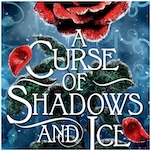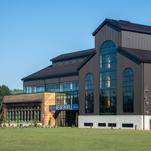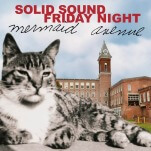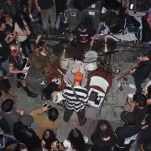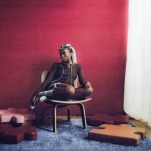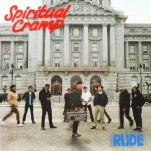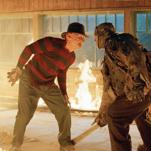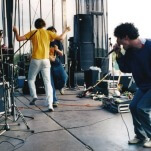The Beginner’s Guide to Lagers
photo via Anchor Steam/FacebookWhen you think lagers or pilsners, you might think of corn-heavy, light beers of Budweiser and Coors, but lagers have had a centuries-long history in Europe.
Traditionally, lagers were fermented in cooler temperatures in cold cellars or caves in the winter. The yeast eventually evolved to prefer the cooler temperatures, leading to slower yeast metabolism and longer fermentation times. Unlike ale yeast (like in pale ales or Belgian Trappist beers), lager yeast does not give off fruity flavors and aromas. This gives the beer a crisp, clean flavor, and in fact, if the lager has any fruity characteristics at all, it comes from the malt. In lagers, the yeast takes a backseat, allowing the water, malt, and hop characteristics to come forward.
Generally, when we think of lagers, we think of the straw-colored pilsner, but lagers come in different colors resulting from the way the malt is prepared. As you read the descriptions below, melanoidins will come up frequently. Melanoidins are the result of several Maillard reactions that occur during the brewing process, whether from malt kilning or high boiling temperatures. If you’ve ever seared a steak or seen the toasted brown tops of a loaf of bread, then you should be familiar with Maillard reactions and melanoidins. Melanoidins should not be confused with caramelization, which is a different type of chemical reaction.
-

-

-

-

-

-

-

-

-

-

-

-

-

-

-

-

-

-

-

-

-

-

-

-

-

-

-

-

-

-

-

-

-

-

-

-

-

-

-

-








